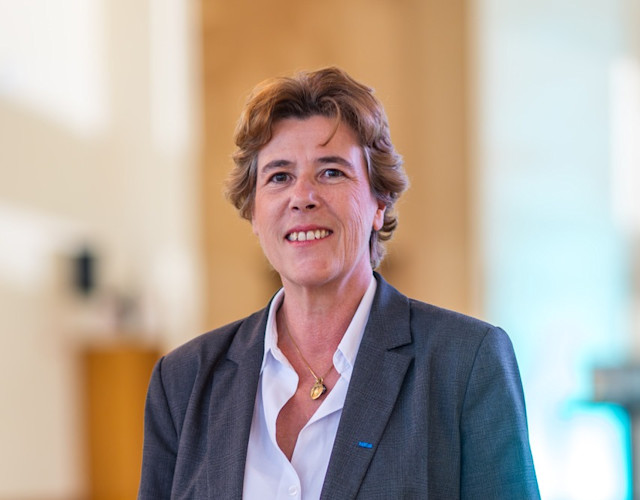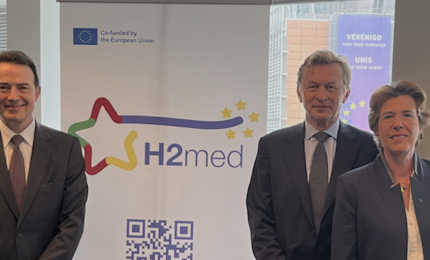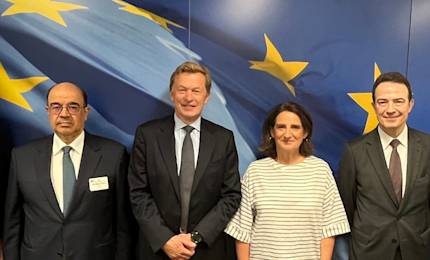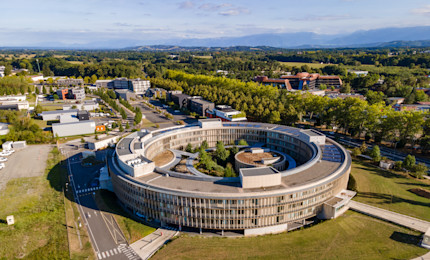Urgence gaz 0 800 028 800

Le 30 juin 2025
TEREGA and GRDF inaugurate the first injection station in Occitanie
The methanisation sector is particularly dynamic in Occitanie, with 30 sites already injecting
biomethane. This represents a capacity of 660 GWh/year, or the equivalent of 150,000 homes heated with gas.
To make the most of this regional production, gas network operators are gradually transforming the gas infrastructures of the Occitan region to make it easier to accommodate local and renewable production.
What is an injection station?
Traditionally, gas flows from the major transport grids to the distribution networks that supply
consumers. The injection station reverses this flow, so that the biomethane produced locally and injected into the distribution grid is returned to the transport grid. This mechanism is essential when local consumption is low (weekends, summer, etc.): surplus biomethane can be recovered elsewhere, transported to other consumption areas or stored for later use. It is a strategic link for maximising the use of green gas regionally and nationally.
Work on the turnaround began in December 2023, with commissioning scheduled for July 2024. To achieve this, nearly €3 million has been invested in the construction of the injection station, which will be able to accommodate more than 850 Nm3/h of biomethane, meeting existing and future needs. It complements the work already carried out by GRDF, the public gas distribution grid operator, to link up the grids in the region’s municipalities.
The Auch injection station is the first for Teréga and the first in Occitanie. Teréga also commissioned an injection station near Nérac (Lot-et-Garonne) at the beginning of June, and plans to install a third at Boussens (Haute-Garonne) this summer. These constructions illustrate Teréga’s determination to support the energies of tomorrow and achieve carbon neutrality by 2050. This vision is as close as possible to the players in the methanisation sector, and meets the ambitions of the south-western regions to increase the share of renewable energies in the region’s energy consumption to 20% by 2030 and to achieve 100% renewable gas by 2050.

Carolle FoissaudChairwoman and CEO of TerégaThis first injection station in Occitanie is a concrete illustration of our commitment to making our regions key players in the energy transition. The stakes are high, not only for the people who will benefit from this infrastructure, but also for making the South-West a pioneer in renewable energy.
À lire aussi

H2med Hydrogen Corridor Reaches Key Milestone with the Launch of the BarMar Company

Executive Vice-President of the European Commission Teresa Ribera receives H2med Consortium leaders to be informed of the advancement of the European hydrogen corridor.

Aurélie Oyharcabal appointed as finance, purchasing, legal and sustainable development director at Teréga





